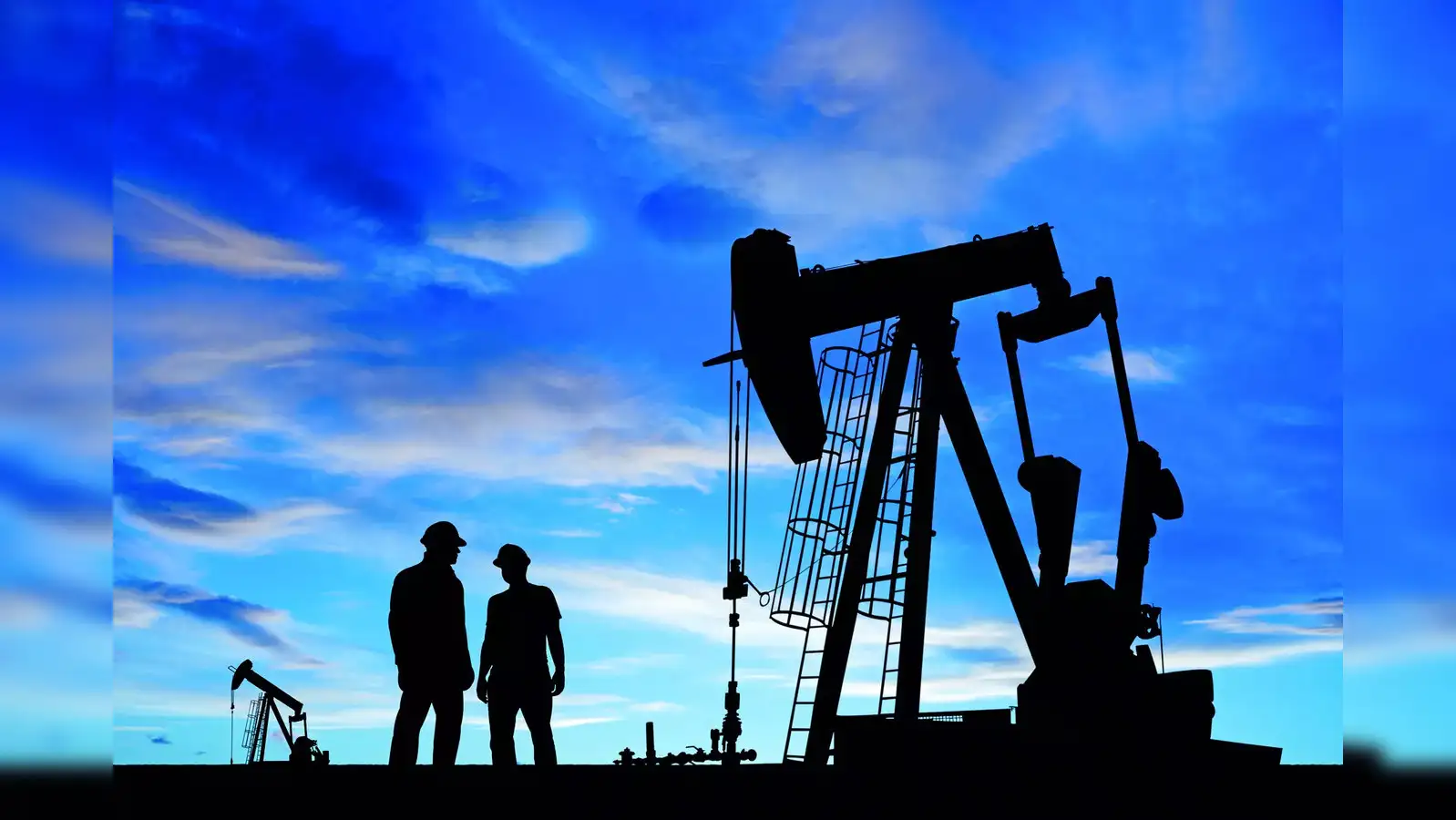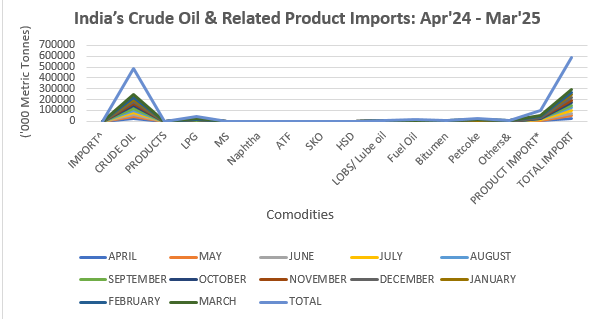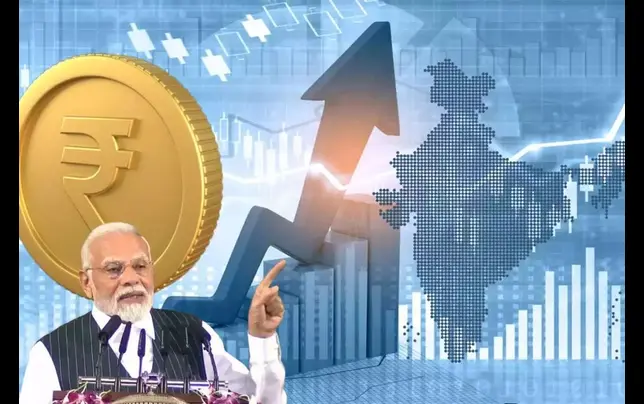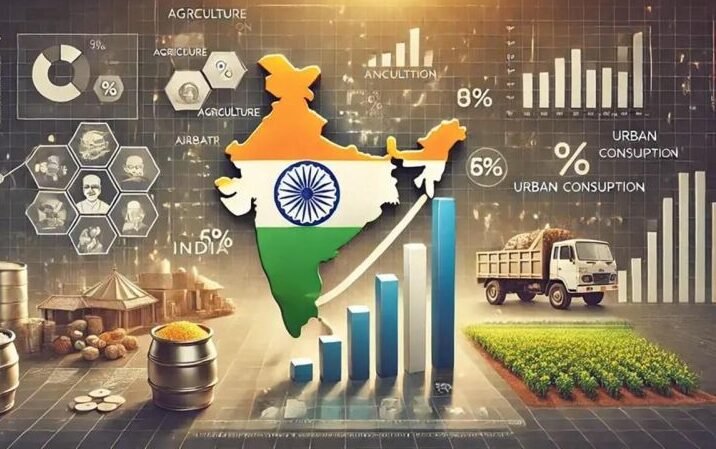India, the world’s third-largest energy consumer, faces a growing challenge, that of, balancing its rapid economic growth with energy security. With over 88% of its crude oil and 50% of natural gas being imported, India is highly exposed to volatile global markets. As international prices swing and geopolitical tensions flare, the urgency to reduce import dependency has never been more critical.
The Petroleum and Natural Gas Minister Hardeep Singh Puri recently concluded a three nation tour to Norway (Bergen & Oslo), Austria (Vienna), and Iceland. During his visit to Norway, the Minister acknowledged Norwegian expertise in various technologies such as deepwater exploration, seismic oil surveys, offshore wind, and carbon capture and storage technologies and reiterated how this aligns with India’s agenda of energy transition. Minister Puri visited the Northern Lights CO2 Terminal in Bergen, where he held discussions with experts focusing on deep sea oil & gas exploration in India. The Minister in Vienna, attended the OPEC+ Summit and 9th OPEC International Seminar. It was the first time that India was invited to an OPEC Seminar. India’s top four oil suppliers and key members of the OPEC+, namely Saudi Arabia, Russia, Iraq, and UAE, together have increased their production and directed a major share of this to India. They supplied 3,75,000 bpd, and their combined share increased by 8.1% to 77.5% [Saudi Arabia (1,35,673 bpd), Russia (1,14,016 bpd), UAE (58,365 bpd), and Iraq (66,642 bpd), respectively]; which resulted in rise of exports to India. India aims to increase its hydrocarbons exploration acreage to 0.5 million sq. km by the end of this year and 1.0 million sq. km by 2030. During the last leg of his tour Iceland’s Deputy Permanent Secretary of State, Bergdis Ellertsdottir hosted a dinner, in which Minister Puri engaged with several other energy experts. He highlighted the shared spirit of India and Iceland in the field of energy and innovation. In toto, the focus of this visit is to reduce India’s ever-growing import bill.
India’s heavy reliance on energy imports has a significant impact on its import bill. It becomes imperative to understand the trend of crude oil import
India’s petroleum imports have remained significantly high throughout FY 2024–25, with crude oil consistently dominating the import basket. A noticeable spike was observed in March earlier this year, crossing 22.8 million metric tonnes, exhibiting increased domestic demand or inventory build up. LPG and Naphtha (Naphtha is chiefly used as a feedstock in petrochemical production—converted into ethylene, propylene, and similar olefins for making plastics and synthetic materials.) also showed fluctuating volumes, suggesting India’s continued reliance on imported energy. The persistently elevated import levels underline the growing pressure on India’s trade deficit and the urgent need for enhancing domestic production.
To reduce this dependence, India ought to augment in collaboration domestic production of oil and gas by finding new reserves and working with foreign firms. India has already begun this path. In an agreement, British Petroleum (BP) will assist ONGC operations with offshore deep-water drilling and exploration in some geologically rugged basins, namely, Andaman, Mahanadi, Saurashtra, and Bengal. New technology for deeper drills is to be supplied by BP, while the Indian government is to contribute towards coverage of exploration costs. This is BP’s second collaboration, the first being the Mumbai High oil field. As regards the augmentation of state role in domestic E&P, Assam; is going to be the first state to get directly involved in oil production, a milestone for the energy sector in the country. The state is venturing into oil production after a hydrocarbon discovery was made in the Namrup Borhat-1 well.
India’s growing energy needs, combined with high import necessity, reducing import dependency is not only a policy option but a strategic. The government of India’s recent thrust in international engagement and domestic initiative underlines a clear vision – reducing the import bill, promoting domestic production, and embracing technical cooperation. With efforts focused on exploration, innovation and partnership, India is taking important steps towards achieving energy security and self -reliance.




